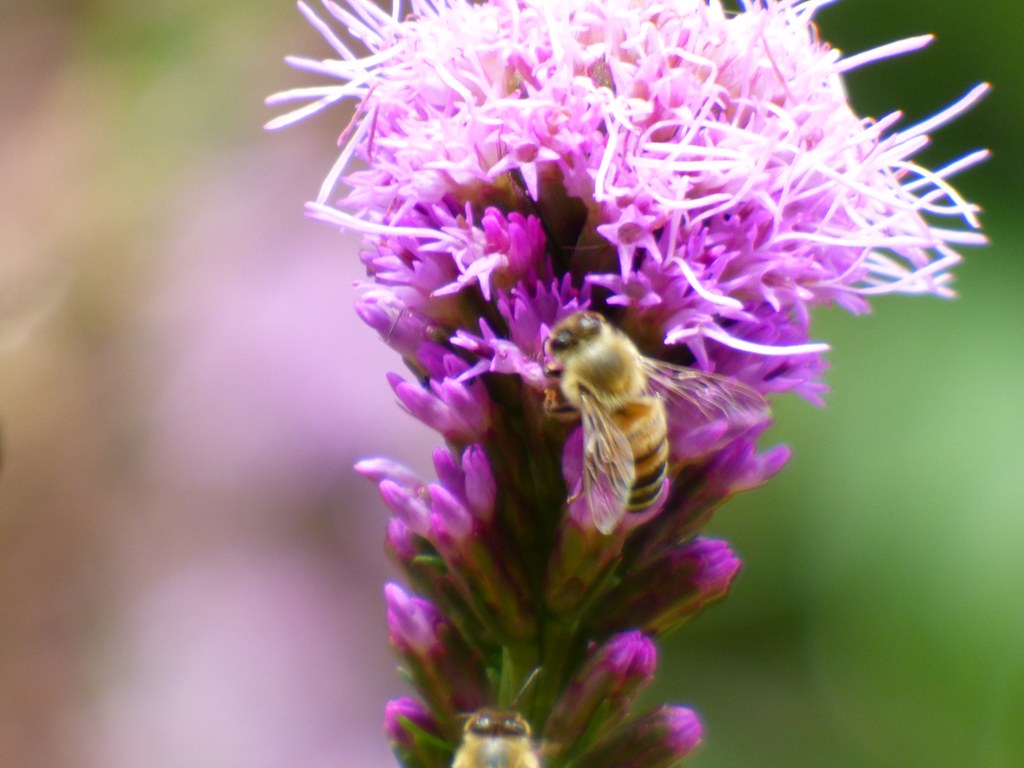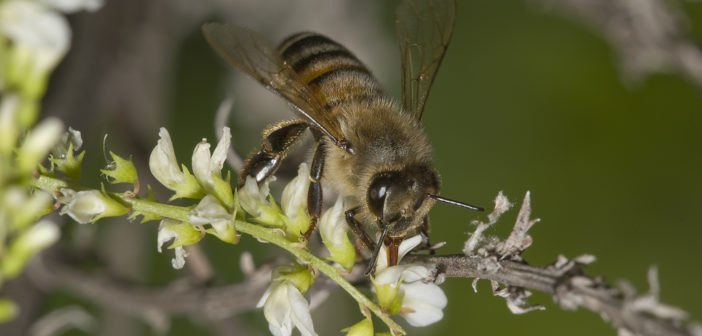Bees pollinate nearly half of all the fruits and vegetables we eat in the U.S. and they enable the production of at least 90 percent of commercially grown crops across North America. Out of 115 major food crops worldwide, 87 of them are dependent on pollinators. One out of every three bites of food we take depends on bees, but bees are in crisis and are dying at an alarming rate every year.
In 2006, beekeepers began noticing a massive die-off of their honeybees. In a single year, over 7,000 beekeepers documented a loss of more than 25 percent of their hives in just one year. Now, every year, beekeepers are losing up to 44 percent of their honeybees from massive die-offs. As our world begins to face food insecurity and food shortages, the collapse of honeybees worldwide will have an even greater and more devastating impact on the world’s human population.
Bees in crisis: Colony collapse disorder
The main cause of the collapse of honeybee colonies is the use of chemical pesticides called neonicotinoids, which are a class of nerve-disabling insecticides designed to kill pests that attack corn, soybeans and citrus crops. These neonicotinoids attack the nervous and immune systems of living organisms, and wreak havoc on the neural circuitry of bees. This prevents bees from remembering where their hives are located, causing them to become lost and unable to return to their hives, and they soon die.

Chronic exposure to neonicotinoids can make it more difficult for bee colonies to breed, fight off disease, and survive cold temperatures in winter months. In the last decade, the use of neonics has more than doubled, and they are now the most heavily used class of insecticides. This has created a huge profit for giant chemical companies such as Monsanto and Bayer while devastating the health of living creatures and our environment, waterways, soil and food. Not only are these toxins applied to some 150 million acres of crops each year, they are also sold for use in our backyards and gardens.
Other causes of bee die-offs include habitat destruction, commercial breeding, climate change, and overuse of pesticides, herbicides, insecticides, and other toxic chemicals.
The federal government concedes that neonicotinoids are highly toxic to pollinators and harmful to life and the environment in general, but they have done virtually nothing about eliminating them. In January 2017, the Environmental Protection Agency (EPA) initiated a preliminary pollinator risk assessment for the neonicotinoid insecticide imidacloprid. The EPA’s assessment indicates that the insecticide does pose a risk to hives when it comes into contact with certain crops that attract pollinators. In January 2020, the EPA announced a set of action plans to protect pollinators from exposure to these chemicals.
Saving butterflies and moths
Butterflies also pollinate many plants and food crops. In fact, they are second only to bees in pollinating our food supply. Like bees, butterflies have seen a large and rapid decline in populations in recent years. Several butterfly species have become extinct in parts of the U.S., while many others have been listed as endangered or threatened. Their rapid decline is a statement on the health of our environment.

The two primary causes of the decline of butterfly populations are suburban and land development and the use of chemical pesticides, herbicides, insecticides and bug sprays used to control mosquitoes. Development on land that butterflies use for nesting, laying eggs, and living on nectar-producing plants has caused significant habitat loss. Climate change, extreme weather and shifts in temperatures have all put stress on populations that are already at risk.
How you can help
- Plant a bee or butterfly garden with pollinator-friendly plants. One of the biggest threats to pollinators is the lack of habitat caused by urban sprawl. Ideally, plant at least three different types of flowers to extend the blooms through multiple seasons. See what to plant in a bee garden, a full list of plants honeybees love, and this regional butterfly garden guide.
- Leave the weeds and wildflowers in your garden, and clover and dandelions in your lawn. Wildflowers are an important food source for native bees. Don’t pull out any native plants. Let them at least bloom first, then if necessary only prune them back.
- Grow milkweed for monarchs. Milkweed is the only plant monarchs will lay their eggs in. Without milkweed monarchs would not exist. Choose milkweeds that are native to your region, and that grow naturally where you live. Here’s more about choosing the right milkweeds, all about gardening for monarchs, and all about creating a monarch waystation
- Replace all or part of your lawn with native flowering plants that provide food for bees, butterflies and other pollinators.
- Build bee homes. Keep an undisturbed area of land in your garden or property for bees to build nests and live. Here’s more about how to make a bee home.
- Eliminate chemical pesticides and fertilizers. Don’t use Miracle-Gro or other herbicides in your garden and yard. They are toxic to bees, pets, wildlife, and humans. Avoid using any chemical fertilizers on your lawn or gardens. Refrain from using chemicals period. Instead, let ladybugs, spiders, and praying mantises keep your pest populations in check. Avoid buying these brands of fertilizers and insecticides with neonics in them.
- Plant window containers or a rooftop garden. If you don’t have much space, or live in an apartment, then add a window container or plant container pots in a rooftop garden or on your patio for pollinators.
- Contact local garden centers. Ask your local nursery and garden center to stock their shelves with native milkweed and pollinator-friendly plants.
- Eat organic, local, seasonal produce and pesticide-free food. Shop at your local farmers markets, Community Supported Agriculture (CSA) farms, or buy organic (USDA Certified).
- Don’t buy GMO foods. Genetically engineered or modified foods come from GE seeds, many of which are sprayed with Monsanto’s Roundup pesticide, which in turn kills native plants and pollinators.
- Use FSC-Certified wood. Illegal logging in many other countries, which destroys pollinator habitats, is tied to our importation of exotic hardwoods. Be sure to only buy FSC-Certified wood.
- Be a voice for pollinators. Advocate for them in your community. Share about the importance of pollinators at local community meetings, conferences, in schools and universities, and on online message boards and forums. Get involved to protect them.
- Fight for pollinators politically. Support any bills that come up in your state or federal government that protect bees and pollinators.
- Support organizations fighting to save honeybees, like the Sierra Club and Natural Resources Defense Council (NRDC).
This article was originally published on the Humane Decisions website.
Featured image: a honeybee pollinates a flower. Image credit Susan E. Ellis, CC BY-SA 2.0.





